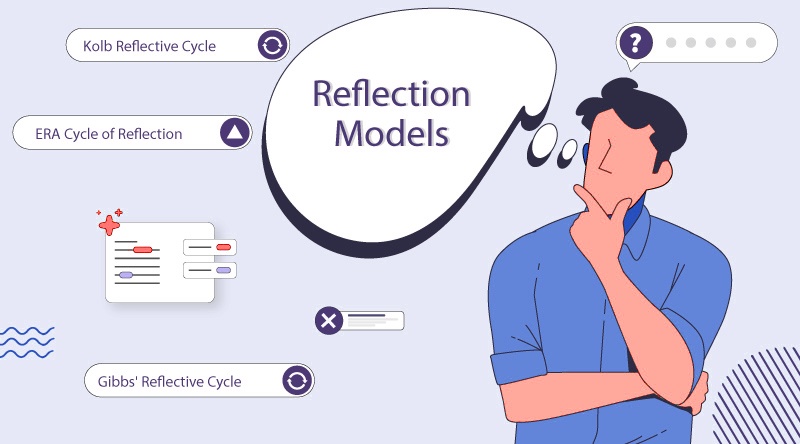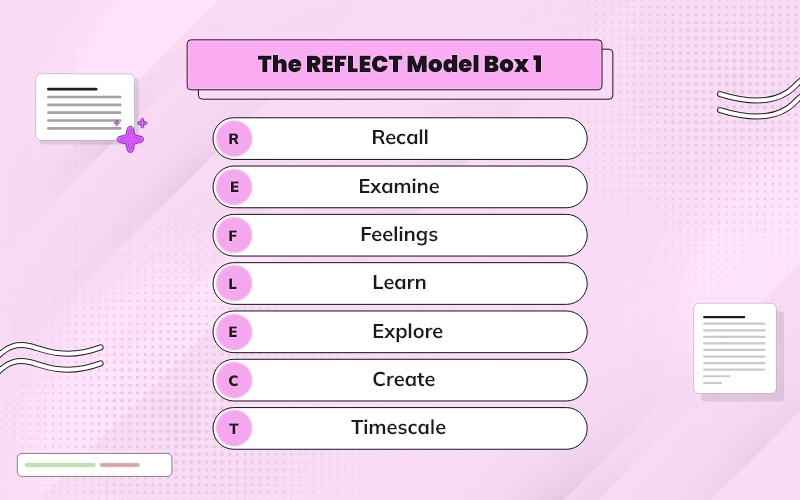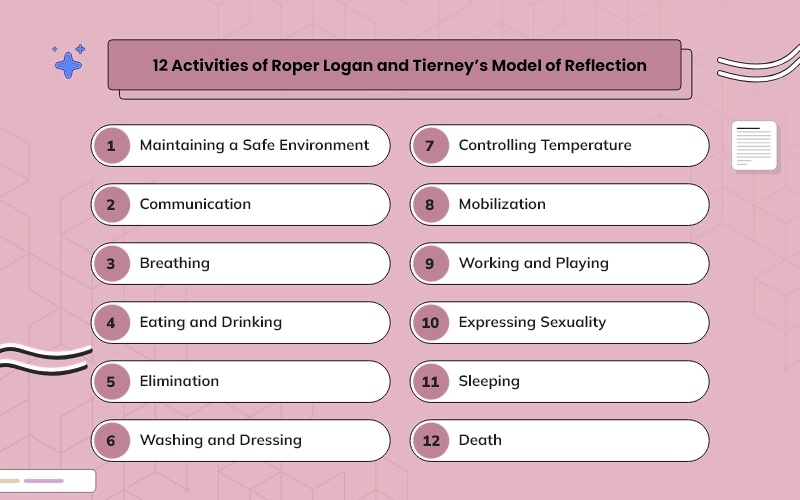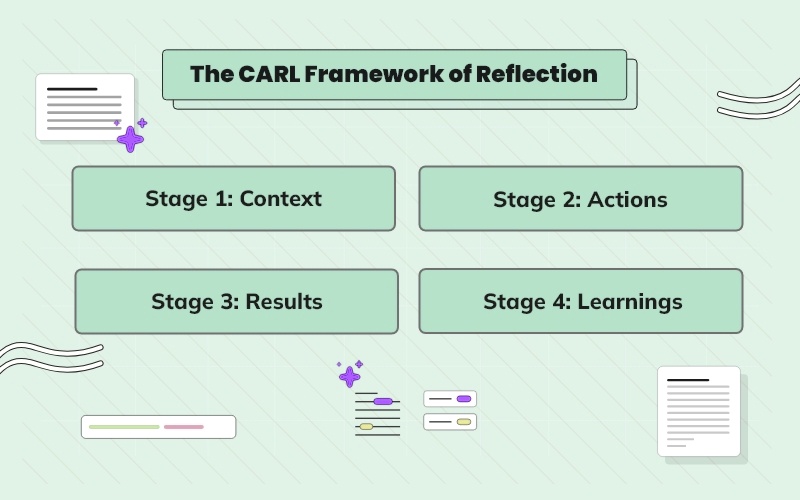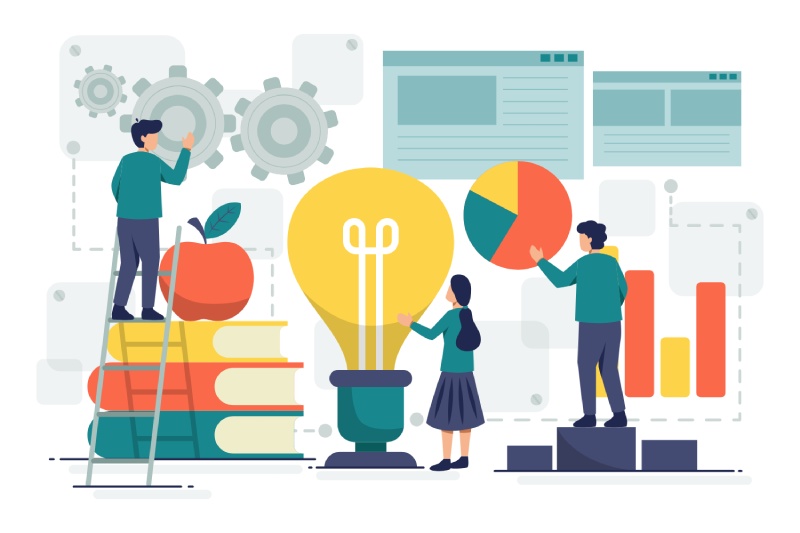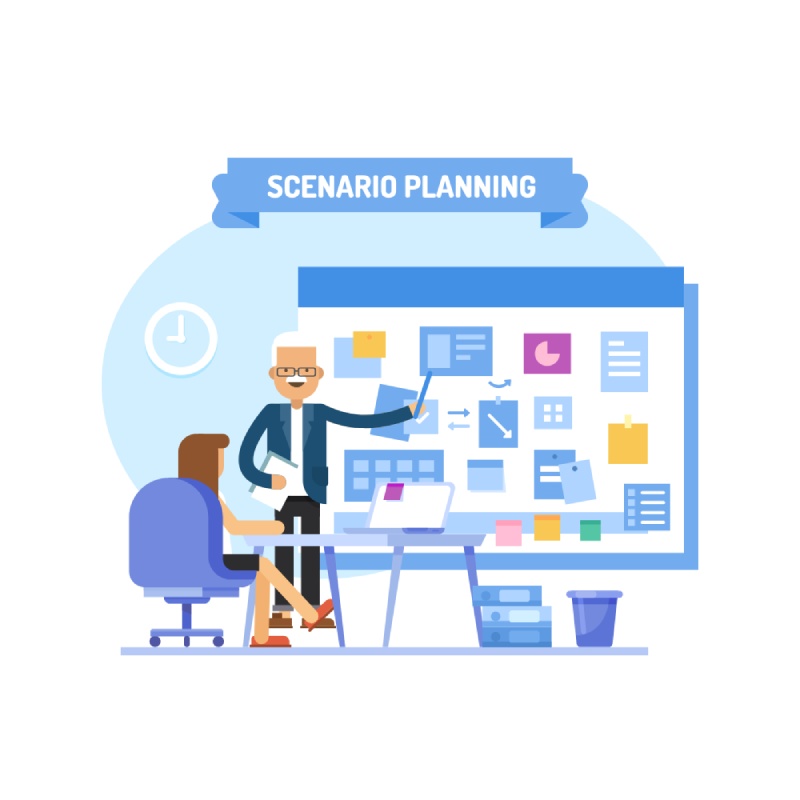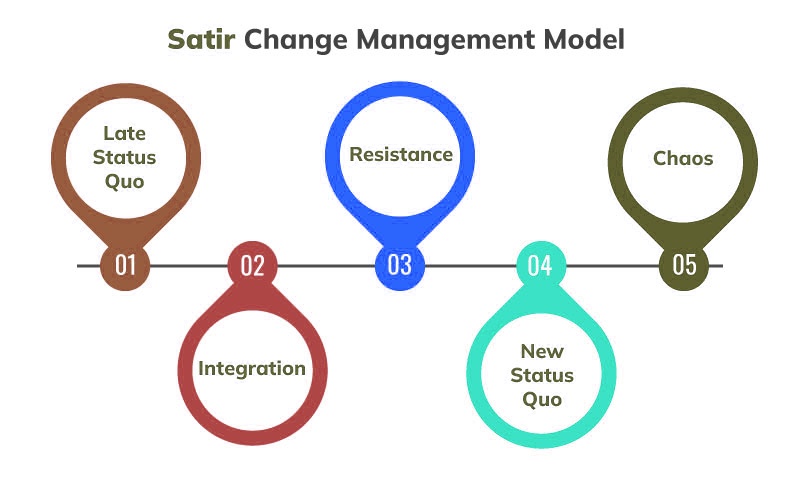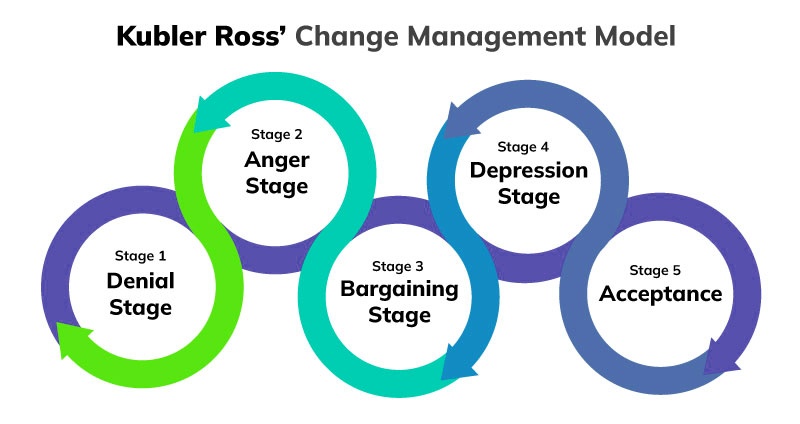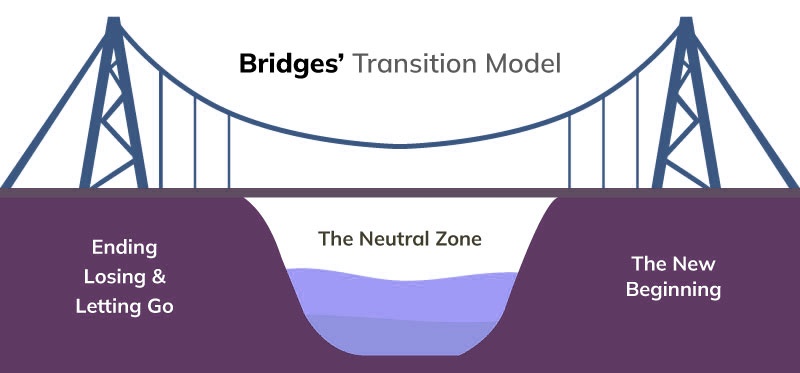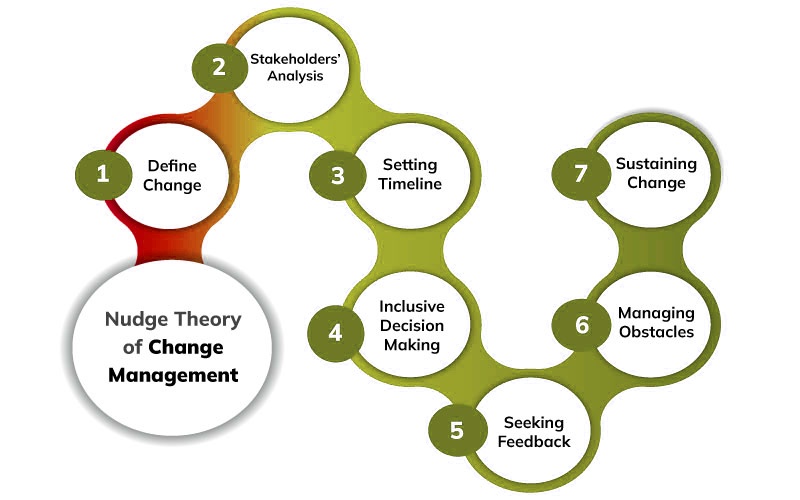In the journey of personal development and growth, introspection plays a crucial role. Reflecting on our actions, thoughts, and experiences allows us to gain insight, learn from past mistakes, and make informed decisions for the future. Reflection models, also known as reflection cycles, provide a structured approach to this process, guiding individuals through the stages of reflection and fostering continuous improvement. In this blog post, we'll explore what reflection models are, how they work, and why they are valuable tools for self-improvement.
What are Reflection Models?
Reflection models are frameworks or processes designed to facilitate reflective thinking and learning. They provide a systematic approach to examining experiences, behaviors, and outcomes, enabling individuals to gain deeper insights into themselves and their actions. These models typically involve a series of steps or stages that guide individuals through the reflective process, encouraging them to analyze, evaluate, and draw conclusions from their experiences.
Understanding the Mechanisms of Reflection Models
Reflection models are designed to facilitate a structured approach to introspection and learning from experience. They provide a framework that guides individuals through a series of cognitive and evaluative steps, helping them gain deeper insights into their actions, thoughts, and behaviors. The mechanisms underlying reflection models can be broken down into several key components:
- Cognitive Processing: Reflection involves cognitive processing, wherein individuals engage in critical thinking, analysis, and synthesis of information. They reflect on their experiences, examine the underlying factors, and consider alternative perspectives.
- Metacognition: Metacognition refers to the ability to reflect on one's own thinking processes. Reflection models encourage individuals to become aware of their thought patterns, biases, and assumptions, allowing them to monitor and regulate their cognitive processes effectively.
- Emotional Awareness: Emotions play a crucial role in reflection, influencing our perceptions, decisions, and behaviors. Reflection models prompt individuals to explore their emotional responses to experiences, helping them understand how emotions shape their thoughts and actions.
- Learning from Experience: Reflection models emphasize the importance of learning from experience. By reflecting on past experiences, individuals can extract valuable lessons, insights, and knowledge that contribute to personal and professional growth.
- Goal Setting and Action Planning: Reflection models often include stages focused on goal setting and action planning. Once individuals have reflected on their experiences and identified areas for improvement, they can develop specific goals and strategies to address them effectively.
Stages of Reflection Models
While reflection models may vary in their specific stages and approaches, they typically follow a similar pattern, guiding individuals through a structured process of reflection. Here are the common stages involved in reflection models:
- Description: The first stage involves describing the experience or situation that you want to reflect on in detail. This includes providing factual information, observations, and key events relevant to the experience.
- Feelings: In this stage, individuals explore their emotional responses to the experience. They identify and acknowledge the range of emotions they felt at the time and consider how these emotions influenced their thoughts, decisions, and behaviors.
- Evaluation: The evaluation stage involves assessing the experience objectively, considering both its positive and negative aspects. Individuals reflect on what worked well, what could have been improved, and what lessons can be learned from the experience.
- Analysis: In the analysis stage, individuals delve deeper into the underlying factors and potential causes of the experience. They critically examine the factors that contributed to the outcome, identify patterns or trends, and consider alternative perspectives.
- Action Plan: The final stage involves developing an action plan based on the conclusions drawn from the reflection process. Individuals identify specific actions, changes, or improvements they can implement moving forward. They set goals, develop strategies, and outline steps to address areas for growth and development.
Application of Reflection Models
Reflection models can be applied in various contexts, including education, professional development, personal growth, and problem-solving. They are commonly used in educational settings to support reflective learning practices, encourage critical thinking, and enhance students' self-awareness and metacognitive skills. In professional settings, reflection models are utilized to facilitate ongoing learning, skill development, and career advancement. They help professionals identify strengths, areas for improvement, and opportunities for growth in their practice.
Common Reflection Models
1. Kolb's Reflective Cycle
The Kolb's Reflective Cycle, proposed by David Kolb, is based on the idea of experiential learning. It consists of four stages: Concrete Experience, Reflective Observation, Abstract Conceptualization, Active Experimentation.
- Concrete Experience: Individuals begin by experiencing a particular event or situation.
- Reflective Observation: They then reflect on the experience, considering what happened, what they felt, and what they observed.
- Abstract Conceptualization: In this stage, individuals analyze and make sense of the experience by integrating it with existing knowledge and concepts.
- Active Experimentation: Finally, individuals apply what they have learned from the reflection to new situations, experimenting with different approaches or behaviors.
2. Gibbs' Reflective Cycle
Gibbs' Reflective Cycle, developed by Graham Gibbs, consists of six stages: Description, Feelings, Evaluation, Analysis, Conclusion, and Action Plan.
- Description: Individuals describe the experience in detail, focusing on what happened.
- Feelings: They explore their emotions and reactions to the experience.
- Evaluation: Individuals evaluate the positive and negative aspects of the experience.
- Analysis: They analyze the experience, considering the underlying factors and potential causes.
- Conclusion: Based on their analysis, individuals draw conclusions and identify key insights.
- Action Plan: Finally, individuals develop an action plan for future improvement based on their reflections.
3. ERA Cycle
The ERA Cycle, developed by Jennifer Moon, consists of three stages: Experience, Reflection, and Action.
- Experience: Individuals engage in a particular experience or activity.
- Reflection: They reflect on the experience, considering what happened, how they felt, and what they learned.
- Action: Based on their reflections, individuals take action to apply what they have learned to future situations or to improve their practice.
4. Integrated Reflective Cycle
The Integrated Reflective Cycle, also known as the Rolfe, Freshwater, and Jasper model, incorporates elements from several reflection models, including Gibbs' Reflective Cycle and Kolb's Experiential Learning Cycle.
- Description: Individuals describe the experience or situation they want to reflect on.
- Feelings: They explore their emotions and reactions to the experience.
- Evaluation: Individuals evaluate the experience, considering its positive and negative aspects.
- Analysis: They analyze the experience, examining the underlying factors and potential causes.
- Conclusion: Based on their analysis, individuals draw conclusions and identify key insights.
- Action Plan: Finally, individuals develop an action plan for future improvement based on their reflections.
5. Four Fs of Active Reviewing
The Four Fs of Active Reviewing, proposed by Roger Greenaway, consists of four stages: Feelings, Findings, Future, and Focus.
- Feelings: Individuals explore their emotions and reactions to the experience.
- Findings: They identify key insights or lessons learned from the experience.
- Future: Individuals consider how they can apply what they have learned to future situations or improve their practice.
- Focus: Finally, individuals focus on specific actions or changes they can make based on their reflections.
6. CARL Framework
The CARL Framework, developed by Stephen Brookfield, consists of four lenses through which individuals can reflect on their teaching practice: Critique, Action, Reflection, and Learning.
- Critique: Individuals critically examine their teaching practice, considering what worked well and what could be improved.
- Action: They identify specific actions or changes they can make to improve their teaching practice.
- Reflection: Individuals reflect on the outcomes of their actions and consider how they can further refine their practice.
- Learning: Finally, individuals consider what they have learned from the reflection process and how it informs their ongoing development as educators.
7. Roper Logan and Tierney’s Reflection Model
Roper, Logan, and Tierney’s Reflection Model is based on their nursing model and consists of five stages: Preparation, Description, Reflection, Influencing Factors, and Learning.
- Preparation: Individuals prepare for reflection by gathering relevant information and setting the context.
- Description: They describe the experience or situation they want to reflect on in detail.
- Reflection: Individuals reflect on the experience, considering what happened, how they felt, and what they learned.
- Influencing Factors: They explore the factors that influenced the experience, such as personal beliefs, values, and external circumstances.
- Learning: Finally, individuals identify key insights and lessons learned from the reflection process.
8. 5R Framework
The 5R Framework, developed by Michael and Judy Bannister-Tyrrell, consists of five stages: Record, Reflect, Relate, Reason, and Reconstruct.
- Record: Individuals record the details of the experience they want to reflect on, including what happened and their observations.
- Reflect: They reflect on the experience, considering what they learned and how it relates to their personal or professional development.
- Relate: Individuals relate the experience to their existing knowledge, beliefs, and experiences.
- Reason: They reason through the experience, critically analyzing it and identifying key insights or lessons learned.
- Reconstruct: Finally, individuals reconstruct the experience, considering how they can apply what they have learned to future situations or improve their practice.
9. REFLECT Model Box 1
The REFLECT Model, also known as the University of Reading Reflective Model, is a framework developed to guide reflective practice in education. Box 1 of the model focuses on the initial stages of reflection.
- Recall: Individuals recall the experience or situation they want to reflect on, including key details and events.
- Experience: They describe the experience in detail, focusing on what happened and their observations.
- Feelings: Individuals explore their emotional responses to the experience, considering how they felt at the time and how their emotions influenced their thoughts and actions.
- Learning: Finally, individuals reflect on what they have learned from the experience, identifying key insights and lessons that contribute to their personal or professional development.
10. Atkins and Murphy's Model
Atkins and Murphy's Model of Reflection is a structured framework designed for healthcare professionals to reflect on their practice. It consists of three stages: What, So What, and Now What.
- What: Individuals describe the experience or situation they want to reflect on, focusing on the details and key events.
- So What: They analyze the significance of the experience, considering its impact on themselves, their practice, and others.
- Now What: Finally, individuals consider how they can apply what they have learned from the reflection to future practice, identifying specific actions or changes they can make to improve.
11. Driscoll's Model of Reflection
Driscoll's Model of Reflection is a structured framework designed for healthcare professionals to reflect on their practice. It consists of three stages: What, So What, and Now What.
- What: Individuals describe the experience or situation they want to reflect on, focusing on the details and key events.
- So What: They analyze the significance of the experience, considering its impact on themselves, their practice, and others.
- Now What: Finally, individuals consider how they can apply what they have learned from the reflection to future practice, identifying specific actions or changes they can make to improve.
12. Rolfe et al’s Framework for Reflective Learning
Jasper's, Freshwater, and Rolfe et al’s Framework for Reflective Learning is a structured model designed for healthcare professionals to reflect on their practice. It consists of three stages: What, So What, and Now What.
- What: Individuals describe the experience or situation they want to reflect on, focusing on the details and key events.
- So What: They analyze the significance of the experience, considering its impact on themselves, their practice, and others.
- Now What: Finally, individuals consider how they can apply what they have learned from the reflection to future practice, identifying specific actions or changes they can make to improve.
13. Brookfield Model
The Brookfield Model of Reflection is a structured framework developed for educators to reflect on their teaching practice. It consists of four lenses: Autobiographical Reflection, Student Feedback, Peer Observation, and Theoretical Literature.
- Autobiographical Reflection: Individuals reflect on their personal experiences and beliefs, considering how these influence their teaching practice.
- Student Feedback: They consider feedback from students, reflecting on how their teaching is perceived and experienced by learners.
- Peer Observation: Individuals reflect on observations and feedback from peers, considering alternative perspectives and approaches to teaching.
- Theoretical Literature: Finally, individuals engage with theoretical literature and research in education, integrating new insights and perspectives into their practice.
14. Johns' Model of Reflection
Johns' Model of Reflection is a structured framework designed for healthcare professionals to reflect on their practice. It consists of five stages: Description, Reflection, Influencing Factors, Evaluation, and Learning.
- Description: Individuals describe the experience or situation they want to reflect on, focusing on the details and key events.
- Reflection: They reflect on the experience, considering their thoughts, feelings, and reactions at the time.
- Influencing Factors: Individuals explore the factors that influenced the experience, such as personal beliefs, values, and external circumstances.
- Evaluation: They evaluate the experience, considering what worked well, what could have been improved, and what they learned.
- Learning: Finally, individuals identify key insights and lessons learned from the reflection process, considering how they can apply these to future practice.
15. Borton's Model of Reflection
Borton's Model of Reflection, also known as Borton's Reflective Model, consists of three simple questions: What? So what? Now what?
- What?: Individuals describe the experience or situation they want to reflect on, focusing on the details and key events.
- So what?: They analyze the significance of the experience, considering its impact on themselves, their practice, and others.
- Now what?: Finally, individuals consider how they can apply what they have learned from the reflection to future practice, identifying specific actions or changes they can make to improve.
16. Schon's Model of Reflection
Schon's Model of Reflection focuses on reflection-in-action and reflection-on-action, emphasizing the role of professionals in continuously learning and adapting in complex situations.
- Reflection-in-action: Individuals reflect on their actions and decisions as they happen, making adjustments and adaptations in real-time.
- Reflection-on-action: They also engage in reflection after the fact, considering what happened, what they learned, and how they can improve their practice in the future.
Conclusion
In conclusion, reflection models provide a structured framework for introspection and self-improvement, guiding individuals through the process of learning from their experiences. By incorporating reflection into our daily lives, we can gain valuable insights, make better decisions, and continuously grow and develop as individuals. Whether you're a student, a professional, or simply someone committed to personal growth, embracing reflection can lead to profound transformation and fulfillment.


